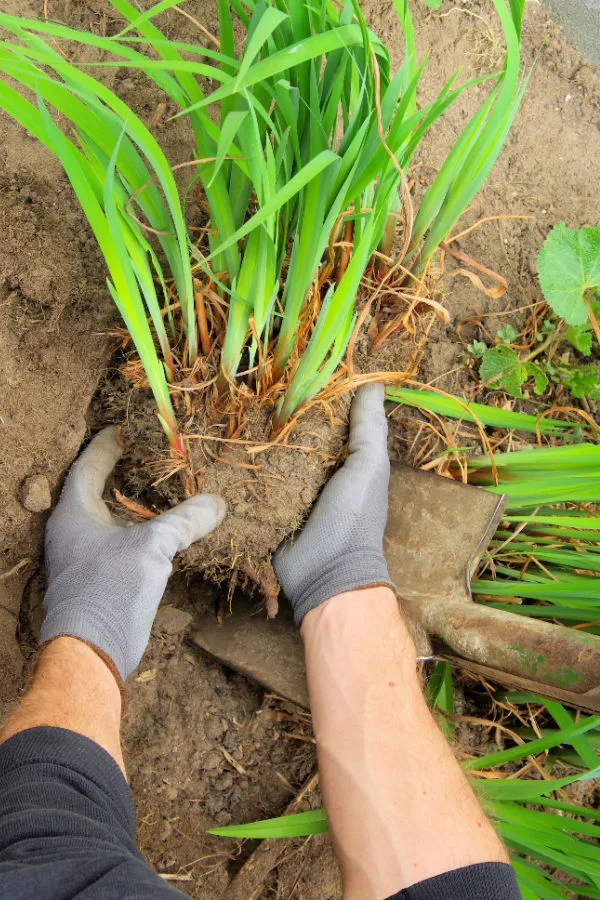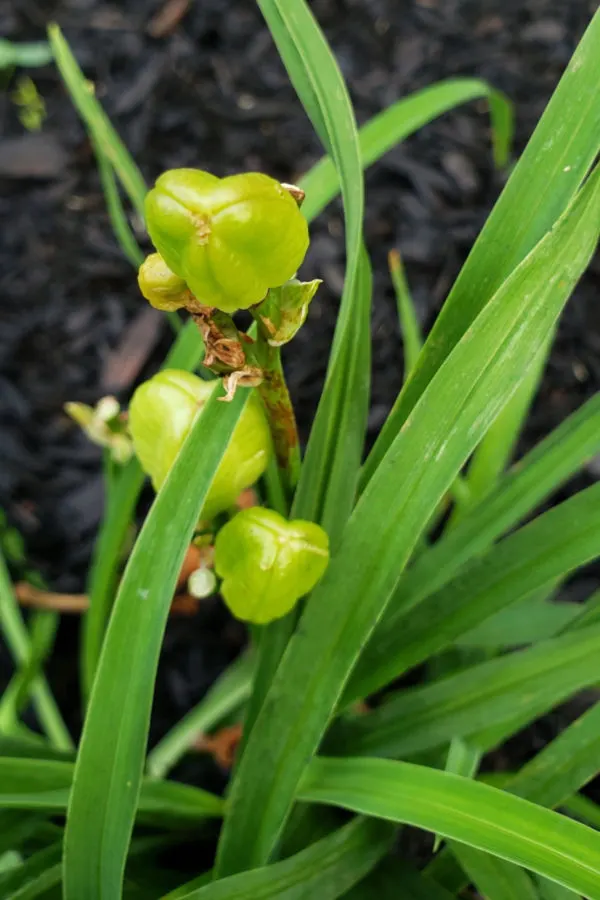Looking for a few secrets to get your daylilies to bloom bigger, stronger and longer than ever this year?
Daylilies are one of the most popular perennial plants in flowerbeds everywhere. Not only can they survive and grow in a wide range of climates, they can also grow well in a variety of soil types and conditions.
Even more, there are hundreds and hundreds of daylily varieties to choose from. In fact, with a near endless array of colors, sizes and bloom styles to choose from, it’s almost impossible not to find a daylily perfect for your landscape.

But as popular as the hardy perennial is, it can also frustrate many a gardener with its sometimes finicky bloom cycle, potency and frequency. The good news is that when daylilies bloom sparingly, weak, or fail to bloom at all – the problem can usually be remedied in short order. And even more, with stunning results!
The fact is, when daylilies under perform, the issue can usually be traced back to one or more of four simple problems. And, as long as you correct whatever issue or issues it might be, your plants will certainly bloom again. And when they do, it will be stronger and longer than ever!
With that in mind, let’s take a look at the four most common problems that keep daylilies from flowering strong, and more importantly, how to fix those problems in a flash!
How To Get Daylilies To Bloom Big – 4 Tips To Great Success!
Tip 1) Make Sure Your Daylilies Are Getting The Proper Light
First and foremost, it’s important to make sure your daylilies are planted in the right location. Although there are some varieties that can tolerate more shade, daylilies prefer sun. If they are not getting at least four to six hours of sunlight, it will have an impact.
To bloom at their best, daylilies should get at least 6 hours of full or near full sunlight. The plants use that light to help create the energy for bloom sets and heavy flowering. Without it, they simply will not bloom as well.

In addition, make sure your daylilies are not located in an overly wet or low-lying area. Water logged roots will not usually kill the plant, but it will keep its root from being able to take in nutrients. And without enough energy, once again blooms will suffer.
The good news here is that daylilies are easy to move! And, they can be dug up and relocated at almost any point of the growing season without killing the plant. So if your daylilies are not in a prime blooming location, start by moving them where its sunny and drier!
Tip 2) Keep Plants Manageable – How To Get Daylilies To Bloom Big
If there is one issue more than any other that will cause your daylilies to bloom less or perhaps not at all – it’s allowing them to grow too large. When the foliage and root structure of a daylily plant become too massive, the plant cannot absorb or find enough energy to produce blooms.
Underneath the soil, overgrown roots become tangled and root bound. They not only run out of room to expand, but also deplete the soil around them of all nutrients. With an overgrown plant, the foliage up top will begin to suffer as well.
A big mass of greenery takes a lot of nutrients and moisture to keep healthy. So much so, that the plant’s roots doesn’t have enough power left to form blooms.
Even worse, all of that foliage blocks water and nutrients from getting to the roots below. Even if you are watering and fertilizing to help, the plant simply can’t absorb the nutrients with the roots and leaves smashed tightly together.

Divide Daylilies Regularly – How To Get Daylilies To Bloom Big
The key to keep your plants blooming big is to keep them manageable in size. And the only way to do that is to regularly dig them up and divide them. A good rule of thumb is to divide your daylilies every three to four years for best results.
When dividing, keep transplant sizes of your root clumps to no larger than six to eight inches in diameter. This will allow the plants to still grow fairly large, but not become too overgrown too quickly. See : How To Clean Up, Split And Transplant Daylilies
Finally, use all of those extra divisions and plants to your advantage! Fill up your flowerbeds with smaller starts instead of massively large solo plants. Not only will they bloom bigger and better, all the foliage cover will help keep weeds out too!
Tip 3) Feed Your Daylilies – How To Get Daylilies To Bloom Big
Daylilies are not huge feeders from the soil, but with more nutrients, there will be more blooms. The key when feeding (fertilizing) your daylilies is to give them just enough for more blooms.
Like many perennials and annuals, if daylilies get too many nutrients, they put the excess energy into growing more roots and foliage, and not into producing more blooms. So the key to success is to feed them at the right time with the right amount of power to produce more flowers!
For better blooms, daylilies should be fertilized in the early spring. This helps their roots store up the power needed for big flowers. As for what to use, the best choice is a slow release granular fertilizer that is higher in nitrogen and phosphorous.
A slow release granular fertilizer will help to feed the plants slowly as they grow and begin to produce blooms. The higher nitrogen content will help grow stronger foliage, while the higher phosphorous level will help produce bigger, brighter and more prolific blooming. Affiliate Product Link: Miracle-Gro Performance Organics All Purpose Plant Nutrition Granules
Tip 4) Deadhead Spent Blooms & Seed Heads
Finally, to promote more blooms and keep energy levels high in the root system of daylilies – it’s a great practice to deadhead old blooms and remove any seed heads that form on your plants. To deadhead the blooms of daylilies, remove the flower and the entire stem down to the base of the plant.
This is not vital to the plant’s survival, but it will help it to save energy. When old blooms are allowed to remain, the plant burns energy trying to form the seed heads. Energy that could be stored to power the next set of blooms!

Last but not least, always be sure in the fall to remove old foliage as the plant dies off. Finish by covering over the base with a few inches of mulch to help protect the roots through winter. In the spring, your daylilies will once again be ready to rock!
Here is to getting your daylilies to bloom bigger, stronger and longer than ever this year – and for many years to come! Happy Gardening – Jim and Mary.
Jim and Mary Competti have been writing gardening, DIY and recipe articles and books for over 15 years from their 46 acre Ohio farm. The two are frequent speakers on all things gardening and love to travel in their spare time.
As always, feel free to email us at thefarm@owgarden.com with comments, questions, or to simply say hello! You can sign up for our free email list in the subscribe now box in the middle of this article. Follow us on Facebook here : OWG Facebook. This article may contain affiliate links.

